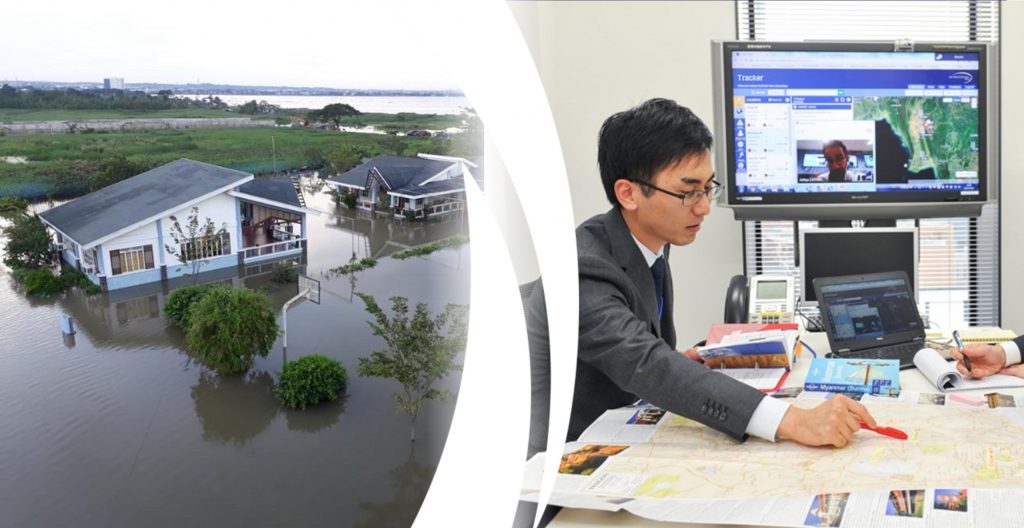International SOS urges organizations to empower and safeguard employees against Typhoons, Earthquakes, and other Natural Calamities

As businesses with employees in Southeast Asia continue to aim for a sustainable, safe, and resilient organization while navigating through the effects of the COVID-19 pandemic, International SOS cautioned them of the potential risks of natural calamities as the region enters the typhoon season.
In International SOS’ World Risk Index 2022, an annual report that assesses the disaster risk for 193 countries, the Philippines led the rankings with the highest disaster risk worldwide, followed by India and Indonesia. The country’s geographical location in the Pacific Ring of Fire makes it prone to major earthquakes and typhoons.

“Companies must have adequate plans and procedures that are tailored to the needs of their varied workforce. It is advisable that these plans be tested on a regular basis and adjusted as necessary with every encounter with a natural calamity to withstand disruption from multiple concurrent crises. The regularity of typhoons, floods, and earthquakes in the Philippines is an indicator that these natural hazards can be prepared for in advance,” said Robert Villamor, CSP, security manager for Asia at International SOS Philippines.
Dr. David Teo, regional medical director at International SOS, added, “It is crucial for companies to update their crisis management plans to account for the potential escalation of a natural hazard to a medical incident. In the aftermath of tropical storms and typhoons, extensive flooding can spread infectious diseases. This is especially concerning as healthcare access in impacted areas may be challenging. Thus, individuals with chronic illnesses requiring medical attention are advised to keep a two-week supply of prescribed medications on hand.”
International SOS specialists also shared several tips to help businesses prepare for these challenges:
- Besides ensuring access to accurate and timely information about the on-ground environment, organizations need to educate and equip their workforce with the necessary tools to mitigate their exposure to the identified security risks identified. This includes developing online courses on risk assessment, natural calamity preparedness, and personal health and security, to ensure that their on-the-ground workforce knows the best course of action to take, should a security concern arise in their vicinity.
- In many countries like India, Myanmar, Indonesia, and the Philippines, insurgencies and social protests are often ethnically driven or politically motivated. Businesses should focus on how these volatilities could affect their operations and mitigate these threats.
- Organizations must be prepared to track and ensure the safety of their workforce in affected locations, suspend operations at and travel to at-risk locations, and prepare contingency plans for disruptions to power and communications. The workforce should also be educated on the necessary supplies required for sheltering or evacuations from typhoons or cyclones, particularly food, water, personal protective equipment (PPE), sanitizer, and disinfectants.
- Organizations must ensure that offices have sufficient medical kits available for emergency situations and identify employees that are trained to provide first aid support if necessary.
- The Risk Outlook 2023 reported that while international travel is now at 83% of pre-COVID volumes, travelers want more support from their organization with their trips and are twice as likely to call for advice and assistance.
Businesses are not alone in their fight against the storms that lie ahead. Leveraging its medical and security expertise, as well as global assistance network, International SOS can help these businesses mitigate the risks arising from multiple crises and adapt to each situation in a flexible and safe manner while strengthening overall business and workforce resilience, business continuity, and sustainability.
To learn more on how to prepare your workforce for calamities, download this infographic here.




